Zimbabwe’s luxury Linkwasha safari camp: Lions, cheetahs and elephants
Located in Zimbabwe’s largest game reserve and close to Victoria Falls, this luxury camp is perfectly positioned for wildlife spotting.
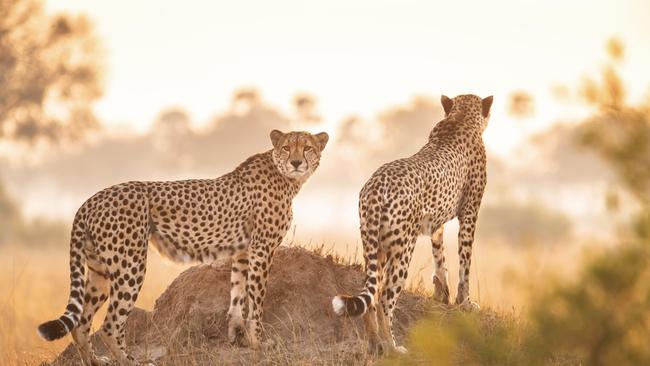
‘There’s a carcass in the thicket, you just can’t see it.” Our safari guide Farai Chuma has way of seeing things the regular eye misses. He somehow spotted the lions from more than a kilometre away across the golden savannah, driving us to within metres of four females and four cubs. A short distance away stands the pride’s dominant male, guarding whatever is in the thicket. We soon find out. He dives in and drags out the gory remains of a buffalo, a project he’s clearly been working on for some time. The females and cubs raise their heads, but don’t approach. “The male is full,” says Farai, “but he won’t let the females eat.”
My wife is equal parts astonished and affronted. “This pride needs a feminist revolution,” she quips. I worry for a second she might jump out of the 4WD and start marching towards the lionesses distributing copies of Betty Friedan books. But before she has a chance, Farai makes the case for the patriarchy, explaining that having a strong, dominant male is in the females’ best interest. If a new male enters the territory and succeeds in an overthrow, he will kill their cubs, clearing the decks to establish his own bloodline. With a dinner invitation not forthcoming, the lionesses turn their attention to a herd of buffalo arriving at a waterhole across the plains. An evening hunt looks on the cards, the aftermath of which we’ll discover soon enough.
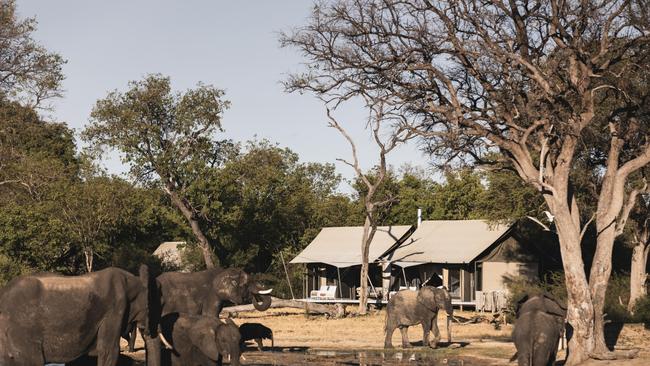
We are taking our first game drive from Linkwasha, the most luxurious of four safari camps operated by Wilderness Safaris on a 450ha concession within the 14,600sq km Hwange National Park, Zimbabwe’s largest game reserve. Linkwasha fringes the famed Ngamo Plains, home to some of the densest concentrations of wildlife in Africa, and the private concession means we’re not jostling with scores of other vehicles, so every encounter is raw and intimate. The camp’s proximity to Victoria Falls allows us to combine a visit to one of the world’s great natural wonders with a once-in-a-lifetime safari experience, part of an eight-night Zimbabwean itinerary designed by The Classic Safari Company.
Day one is far from done. Farai spots movement near a solitary jackalberry tree, and we arrive to find two beautiful cheetahs surveying the plains from a termite mound growing from the base of the tree. Cheetahs are the lowest ranked of the big predators, and can become prey themselves for lions, leopards and hyenas. It forces them to be resourceful, hunting during the heat of the day, when other predators are sleeping, selecting prey that won’t put up a fight (baby impalas are a favourite) and eating quickly. But life is tough. There are fewer than 30 cheetahs in the whole national park, so any sighting is a privilege.
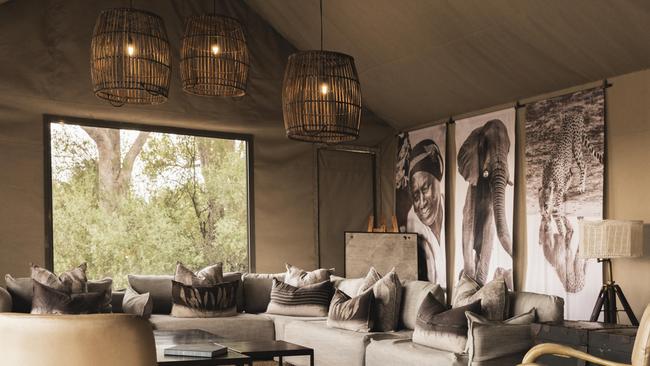
We traverse a landscape dominated by teak trees, open pans, palm-fringed plains and vast scrublands, all coated in a thick carpet of sand blown in from the Kalahari Desert. The railway line between Bulawayo and Victoria Falls marks the park’s eastern border, beyond which hunting is permitted. It was here in 2015 where Cecil the lion, a well-known dominant male, was lured out of the park and killed by an American trophy hunter, sparking international outrage. Cecil’s lineage lives on in the pride we just saw. We just pray they don’t stray to the wrong side of the tracks.
Keeping the animals contained within park boundaries is essential for mitigating human and wildlife conflict. During the dry season the rain-fed pans shrivel to nothing, so to dissuade the animals from wandering into surrounding villages, the park is dotted with dozens of mechanically pumped waterholes. They are the lifeblood of Hwange.
“The old migration corridors used by elephants are now blocked by roads and development,” Farai explains. “So they end up in villages, destroying crops. Lions will kill livestock, sometimes even people. And people may shoot the lions. That’s why these permanent waterholes are so important.”
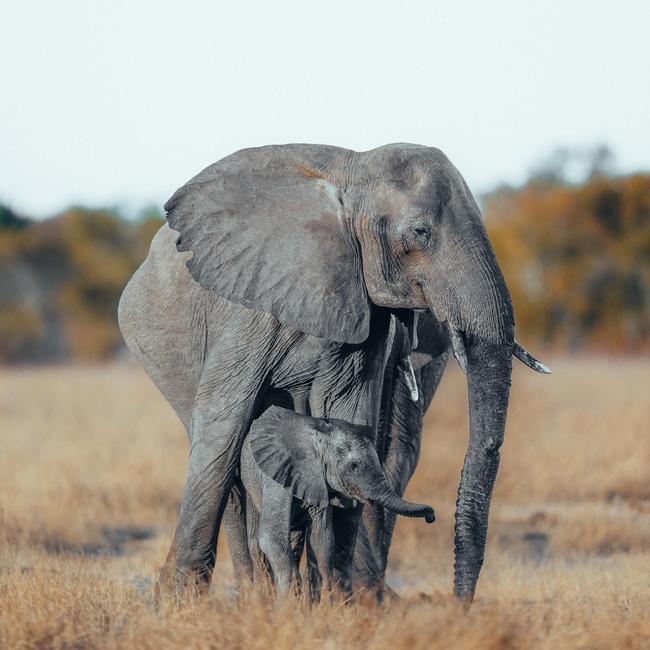
But it’s a balancing act. Elephants now have things a little too cushy, and their population has grown to more than 35,000, making life difficult for browsers such as giraffes, whose numbers are in decline. We’re lucky enough to see a herd loping across a vast, barren pan, their spindly legs blurred in a shimmering, silver mirage. Later, we observe them grazing on acacia trees, using their prehensile tongues to navigate around fearsome thorns to pluck the tiny leaves. To repel the giraffes, the trees emit a kind of chemical alert call, prompting other acacias to pump unpalatable tannins into their leaves. The giraffes counter this by beginning their grazing downwind. It’s a battle every bit as compelling – if not as dramatic – as lion versus buffalo.
We adopt the giraffe’s downwind tactic the next day while tracking elephants on foot, ducking down behind a fallen tree and holding our breath as a mum and calf walk right past us. Even Farai is stunned. “This is amazing!” he whispers as the elephants move off, disappearing into the grey horizon.
Downtime at camp is spent cooling off in the pool, reading in the cosy library or relaxing in our bungalow, one of nine spacious, air-conditioned tented suites situated among shady leadwood trees, where birds sing and baboons scamper. A tiered deck overlooks a waterhole that draws a rotating menagerie of elephants, buffalos, zebras, wildebeests and antelopes, observable at point blank range from a sunken hide on its shore (complete with a day bed and bar fridge stocked with emergency G’n’T supplies). Tasty, homestyle meals are served al fresco, with post-dinner battle stories shared around the firepit, under a cloak of stars. The camp also offers a sleep-out experience in a “Starbed,” set on a raised platform in the middle of a vast plain, plus cultural visits to the nearby village of Ngamo.
The lioness-led hunting expedition has been a resounding success. We find them next morning devouring a freshly killed buffalo, shoulder muscles rippling as they tear at the flesh, their jowls stained red. They share the spoils with their cubs before sauntering over to slumber in the shade of our safari vehicle, leaving the hollowed-out carcass slumped in the dirt like a discarded costume. Chalk one up for the sisterhood.
In the know
Linkwasha camp is an hour’s flight from Victoria Falls, Zimbabwe. Prime wildlife viewing is during the dry season between April and October. Tented suites from $US760 a person a night, twin-share.
Ricky French was a guest of the Classic Safari Company.
If you love to travel, sign up to our free weekly Travel + Luxury newsletter here.

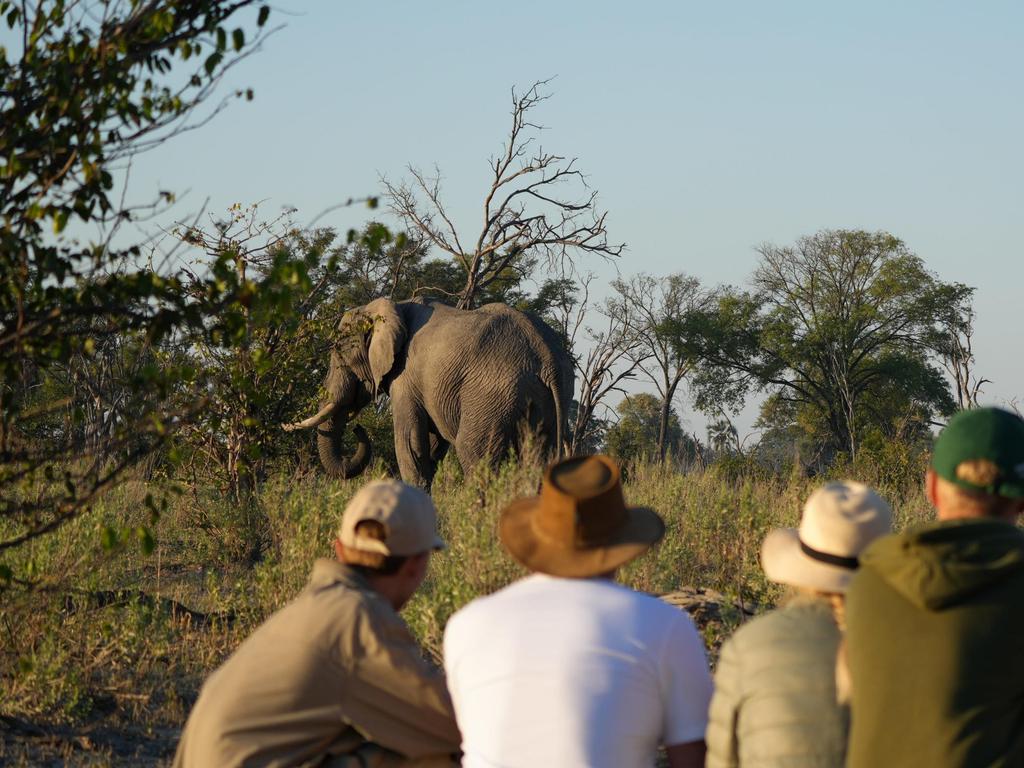
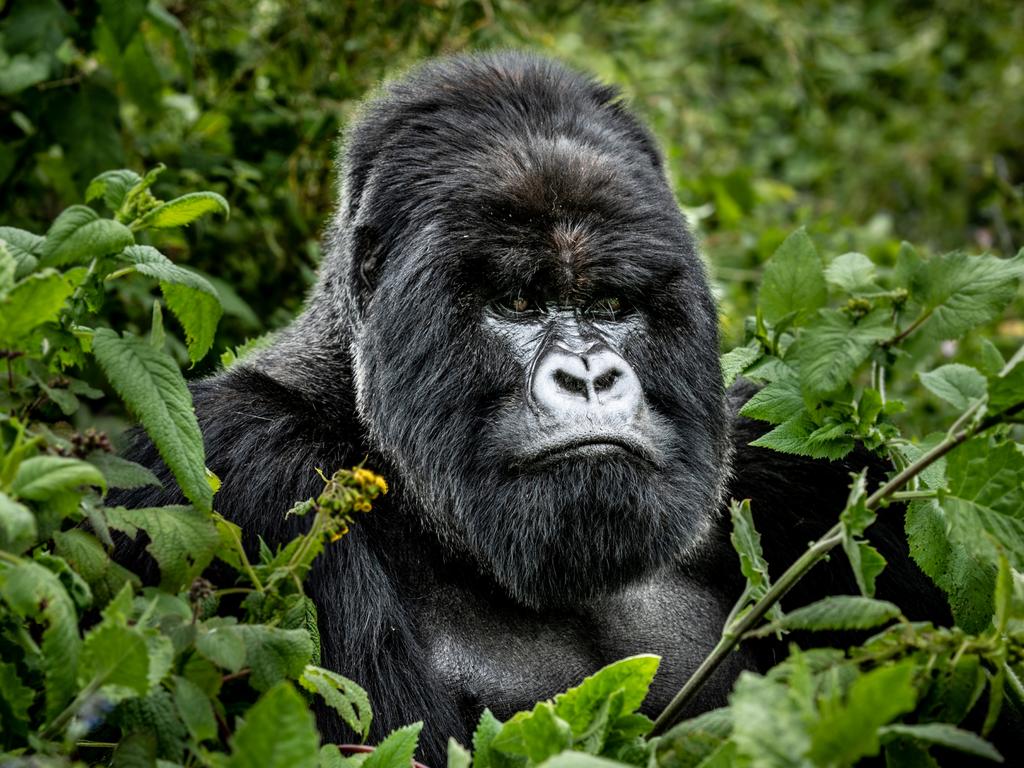
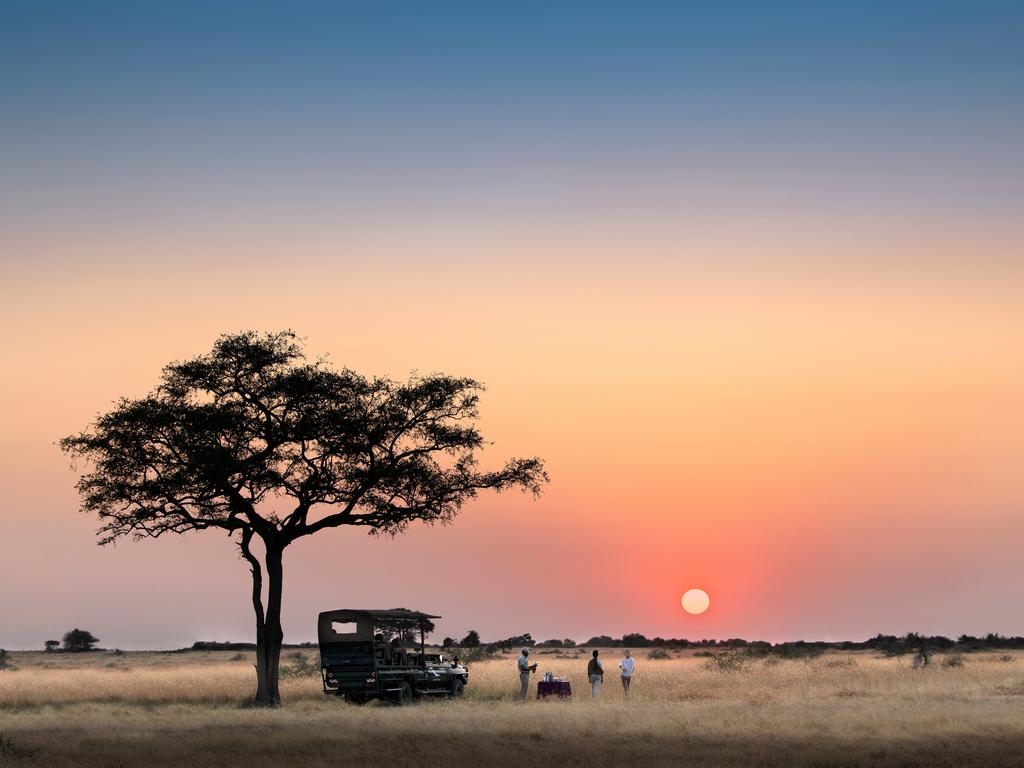
To join the conversation, please log in. Don't have an account? Register
Join the conversation, you are commenting as Logout